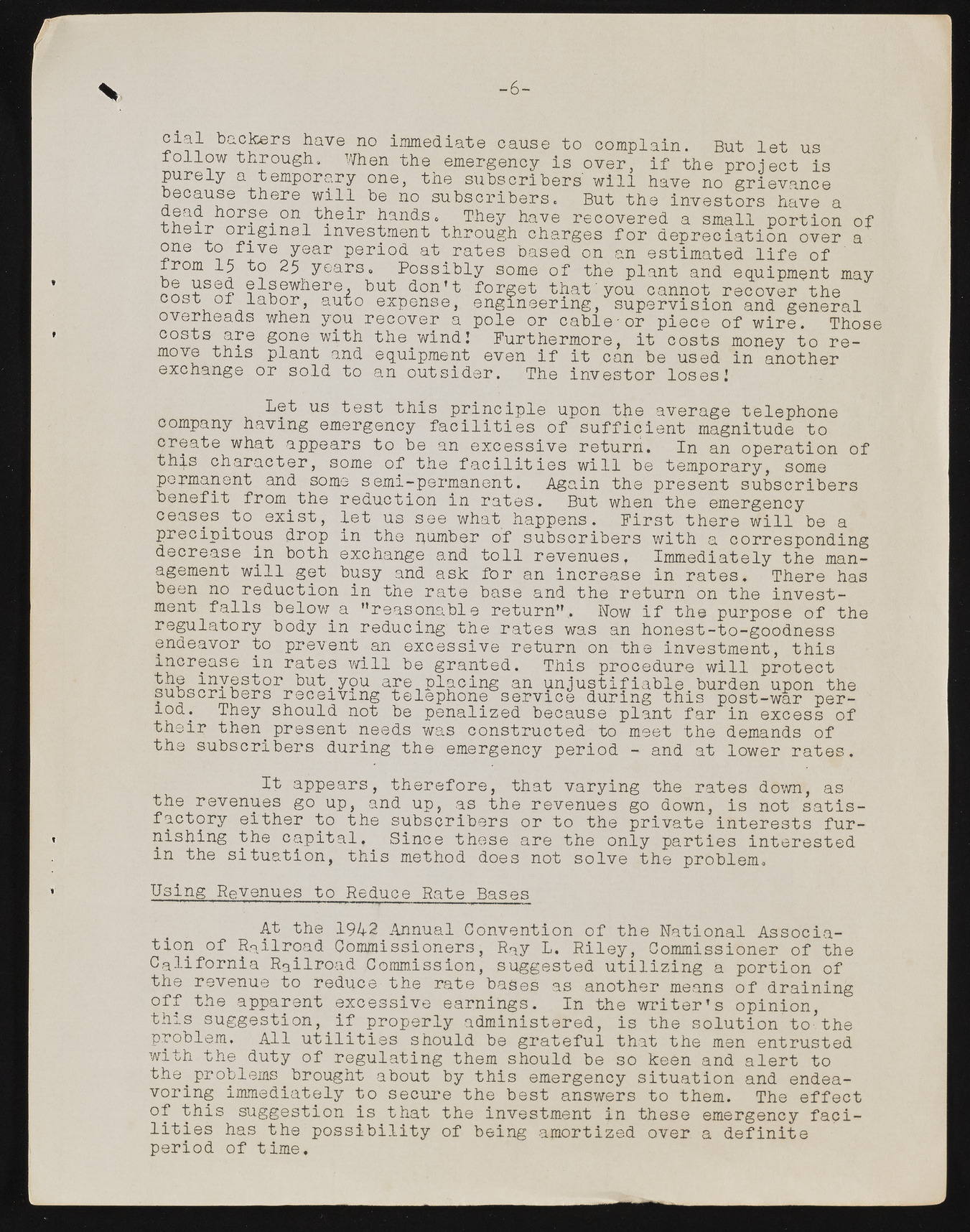Copyright & Fair-use Agreement
UNLV Special Collections provides copies of materials to facilitate private study, scholarship, or research. Material not in the public domain may be used according to fair use of copyrighted materials as defined by copyright law. Please cite us.
Please note that UNLV may not own the copyright to these materials and cannot provide permission to publish or distribute materials when UNLV is not the copyright holder. The user is solely responsible for determining the copyright status of materials and obtaining permission to use material from the copyright holder and for determining whether any permissions relating to any other rights are necessary for the intended use, and for obtaining all required permissions beyond that allowed by fair use.
Read more about our reproduction and use policy.
I agree.Information
Digital ID
Permalink
Details
More Info
Rights
Digital Provenance
Publisher
Transcription
cial backers have no immediate cause to complain. But let us follow through. When the emergency is over, if the project is purely a temporary one, the subscribers will have no grievance because there will be no subscribers. But the investors have a dead horse^on their hands. They have recovered a small portion of their original investment through charges for depreciation over a one to five year period at rates based on an estimated life of rom 15 to 25 years. Possibly some of the plant and equipment may but don,t forget that you cost of labor, auto expense, engineering, su pecarnvniosti onr ecanodv erg entehrea l overheads when you recover a pole or cable-or piece of wire. Those costs are gone with the wind I Furthermore, it costs money to remove this plant and equipment even if it can be used in another exchange or sold to an outsider. The investor loses I Let us test this principle upon the average telephone company having emergency facilities of sufficient magnitude to create what appears to be an excessive return. In an operation of this character, some of the facilities will be temporary, some permanent and some semi-permanent. Again the present subscribers benefit from the reduction in rates. But when the emergency ceases to exist, let us see what happens. First there will be a precipitous drop in the pumber of subscribers with a corresponding decrease in both exchange and toll revenues, Immediately the management will get busy and ask for an increase in rates. There has been no reduction in the rate base and the return on the investment falls b e l o w a ’’reasonable return”, Now if the purpose of the regulatory body in reducing the rates was an honest-to-goodness endeavor to prevent an excessive return on the investment, this increase in rates will be granted. This procedure will protect subscribers receiving atree lepplhaocnien g saenr viucnej usdtuirfiinagb ltehi sb uprdoesnt -wuapro n pethreiod. They should not be penalized because plant far in excess of their then^ present needs was constructed to meet the demands of the subscribers during the emergency period - and at lower rates. It appears, therefore, that varying the rates down, as the revenues go up, and up, as the revenues go down, is not satisfactory either to the subscribers or to the private interests furnishing the capital. Since these are the only parties interested in the situation, this method does not solve the problem. Using Revenues to Reduce Rate Bases At the 1942 Annual Convention of the National Association of Railroad Commissioners, Ray L. Riley, Commissioner of the California Railroad Commission, suggested utilizing a portion of the revenue to reduce the rate bases as another means of draining off the apparent excessive earnings. In the writer’s opinion, this suggestion, if properly administered, is the solution to the problem. All utilities should be grateful that the men entrusted with the duty of regulating them should be so keen and alert to the^problems^brought about by this emergency situation and endeavoring immediately to secure the best answers to them. The effect this suggestion is that the investment in these emergency facilities has the possibility of being amortized over a definite period of time.

